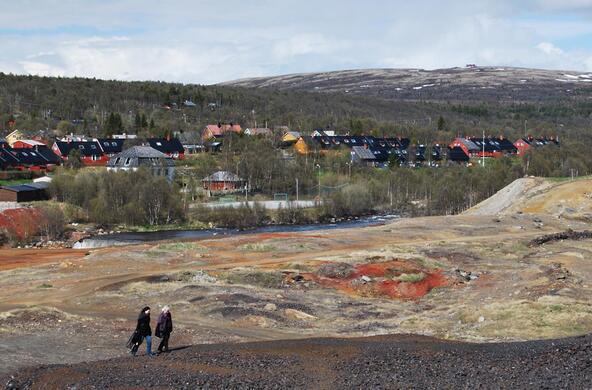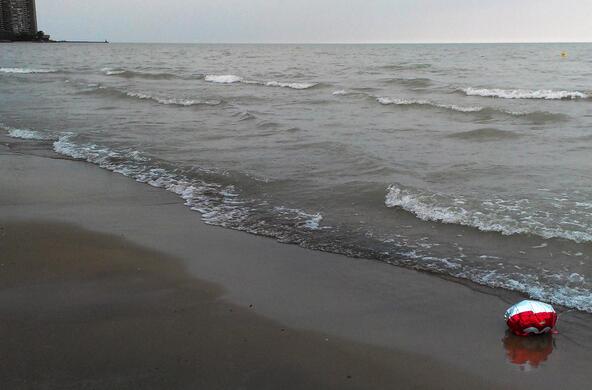In recent years, we’ve been concerned about lead contamination in the environment—from leaded gasoline, leaded paints, lead pipes, lead solder, and emissions from smelters to the atmosphere. With the exception of lead pipes, which may take decades to replace, many of these sources have been outlawed or cleaned up for better human health, especially for children in cities. Lead poisoning in youth is associated with lower cognitive abilities and other symptoms of poor neurological development. For urban children, the highest levels of lead in blood are often found in low-income neighborhoods. In some welcome news, one recent study reports a concurrent decline in the average content of lead in the soil (-45%) and in the blood of children (-64%) in New Orleans during the past 12 to 15 years.
Despite this success, the legacy of decades of lead pollution persist in the environment because lead is rather immobile in soils. In 1976, analysis of street-side soil in Durham, NC, showed values of 2850 parts per million (ppm) of lead, presumably due to the widespread use of leaded gasoline. Similar values were reported in the urban soils in Baltimore, Maryland. Now 45 years later, Anna Wade, a doctoral student working with Dan Richter at Duke University, found 245 ppm of lead in street-side soils throughout Durham. Lead contamination is so widespread, that it is difficult to find “control” samples, but it is worth noting that the average lead concentration in the Earth’s upper continental crust is only about 17 ppm. It has taken nearly half a century for lead to drop 90% from its peak value, but it is still more than 10 fold higher than the likely natural background.
The recent work shows that soils around older buildings in Durham contained up to 3000 ppm lead, presumably from flaking lead paints, which sometimes contained up to 50% lead by weight. For kids playing in the yard, soil contamination by lead from gasoline emissions and from the dust of paints is a real threat.
We’ve known that lead is a toxic element for most of recorded history. The Romans used lead in pipes and drinking goblets, which some believe is related to the decline of their civilization. It is hard to believe that for nearly 50 years lead was added to gasoline, along with bromide, so that lead-bromine aerosols would clear the tailpipe and disperse in the air. Our cars ran well and profits were made, but the legacy of lead deposition in the environment will remain with us for decades. Kind of makes you want to think about what is being permitted for environmental release today.
References
Mielke, H.W. and 6 others. 2019. The concurrent decline of soil lead and children’s blood lead in New Orleans. Proceedings of the National Academy of Sciences 116: 22058-22064.
Schwarz, K. and 5 others. 2012. The effects of the urban built environment on the spatial distribution of lead in residential soils. Environmental Pollution 163: 32-39.
Wedepohl, K.H. 1995. The composition of the continental crust. Geochimica et Cosmochimica Acta 59: 1217-1232.
Wu. L. and J. Antonovics. 1976. Experimental ecological genetics in Plantago: Lead tolerance in Plantago lanceolata and Cynodon dactylon from a roadside. Ecology 57: 205-208.







